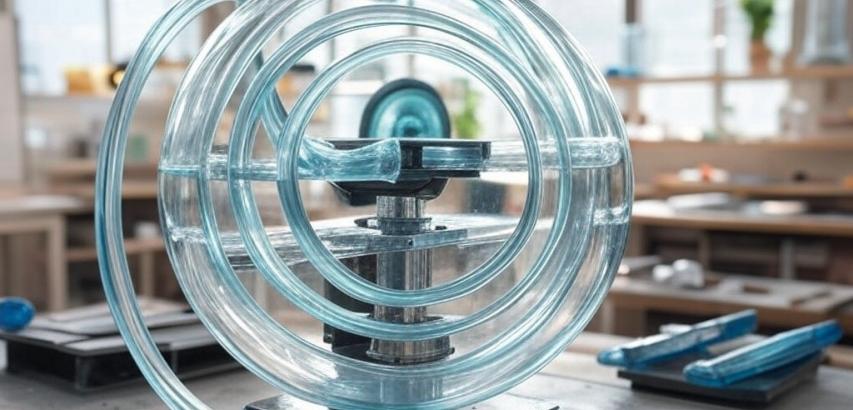A glass shaping machine is a specialized industrial device used to mold, bend, cut, or form glass into desired shapes and structures. These machines are critical in industries ranging from construction and automotive to art and consumer goods, enabling the production of everything from window panes and bottles to intricate decorative pieces. By combining heat, pressure, and precision engineering, glass shaping machines transform raw glass into functional or artistic products.
Key Processes in Glass Shaping
Glass Bending (Slumping):
Heats flat glass sheets until pliable, then drapes them over molds to create curved shapes (e.g., windshields, architectural glass).
Glass Blowing:
Automated or semi-automated systems inflate molten glass into molds (used for bottles, vases).
CNC Glass Cutting:
Computer-controlled machines cut glass sheets into precise shapes using diamond-tipped tools or waterjets.
Pressing:
Molten glass is pressed into molds under high pressure (e.g., lenses, tableware).
Lampworking:
Artistic shaping of glass rods/tubes using localized heat (common in jewelry and lab equipment).
Types of Glass Shaping Machines
Glass Bending Furnaces:
Use radiant or convection heating to soften glass for shaping.
Glass Laminating Presses:
Bond multiple glass layers with interlayers (e.g., for bulletproof or soundproof glass).
Waterjet Cutters:
High-pressure water mixed with abrasives cuts intricate designs without thermal stress.
Automated Glass Blowing Machines:
Robotic arms handle molten glass for mass production (e.g., beverage bottles).
CNC Glass Grinders/Edgers:
Polish edges and drill holes with micron-level accuracy.
How It Works
Heating:
Glass is heated to its softening point (600–1,000°C, depending on type).
Forming:
Molds, rollers, or robotic arms shape the softened glass.
Annealing:
Gradual cooling in a controlled environment to relieve internal stresses.
Finishing:
Cutting, polishing, or coating (e.g., tempered, laminated) for final use.
Applications
Architecture: Curved windows, staircases, and facades.
Automotive: Windshields, sunroofs, and headlights.
Consumer Goods: Bottles, jars, and kitchenware.
Electronics: Touchscreens, display panels.
Art & Design: Sculptures, stained glass, and lighting fixtures.
Benefits
Precision: Achieves complex geometries with minimal error.
Efficiency: Automated systems reduce production time and labor costs.
Versatility: Handles various glass types (soda-lime, borosilicate, tempered).
Safety: Minimizes human contact with high heat or sharp edges.
Challenges
High Energy Consumption: Heating glass requires significant power.
Fragility: Risk of cracks or defects during shaping.
Cost: Advanced machines (e.g., CNC waterjets) are expensive to purchase/maintain.
Innovations & Future Trends
3D Glass Printing: Additive manufacturing for ultra-complex shapes.
Smart Sensors: Real-time monitoring of temperature and stress.
Eco-Friendly Tech: Energy-efficient furnaces and recycled glass integration.
AI-Driven Design: Algorithms optimize shapes for strength and aesthetics.
Leading Manufacturers
Bottero (Italy): Renowned for glass cutting and edging systems.
Glaston (Finland): Specializes in automotive and architectural glass tech.
Bystronic Glass (Switzerland): Precision machinery for laminated glass.
Glass shaping machines are the backbone of modern glass production, merging traditional craftsmanship with cutting-edge technology. As demand grows for energy-efficient buildings, smart devices, and sustainable packaging, these machines will continue to evolve, pushing the boundaries of what glass can achieve.
From fragile sheets to functional art—glass shaping machines craft clarity into reality. 🔥🖼️
 |  |  |
